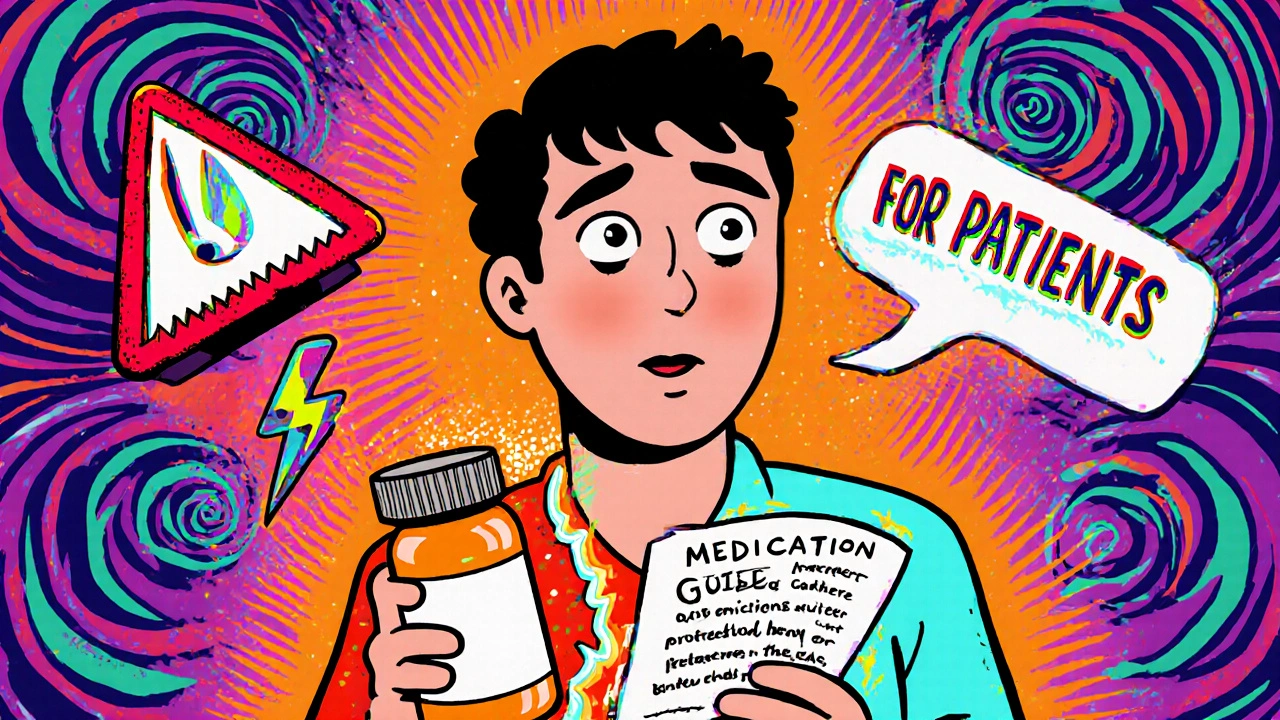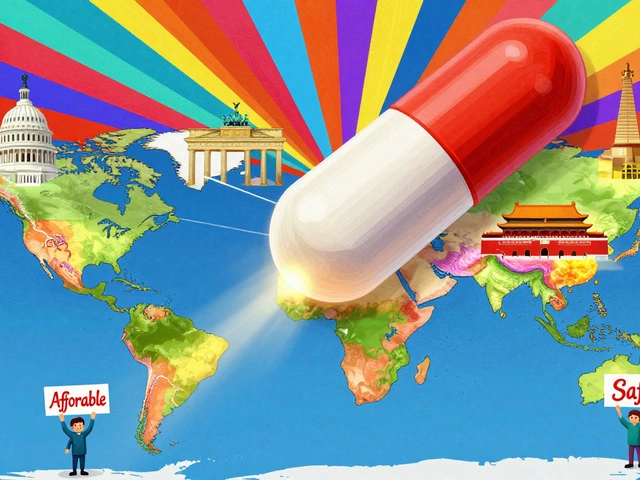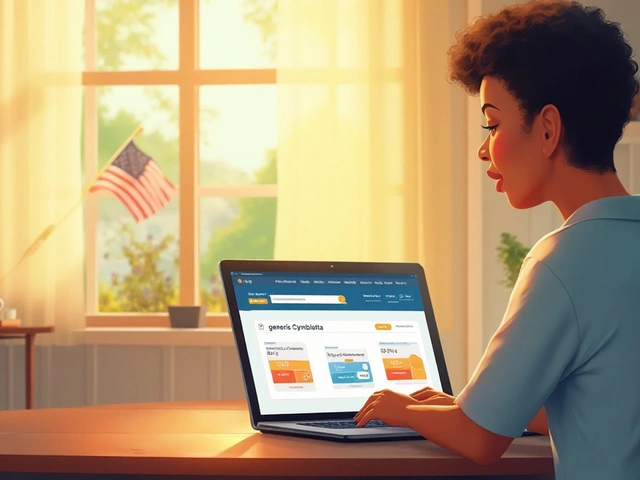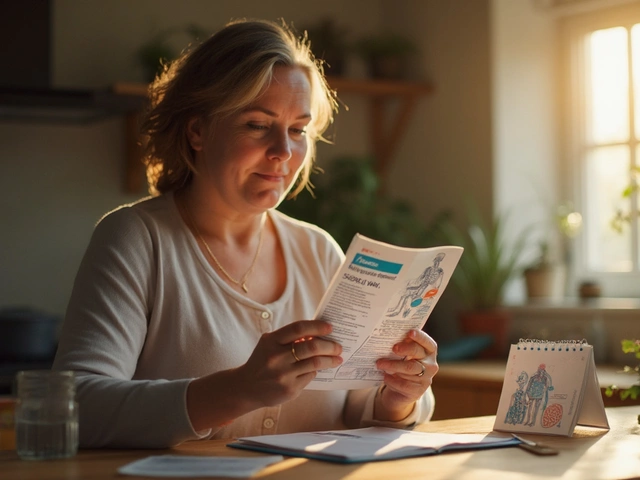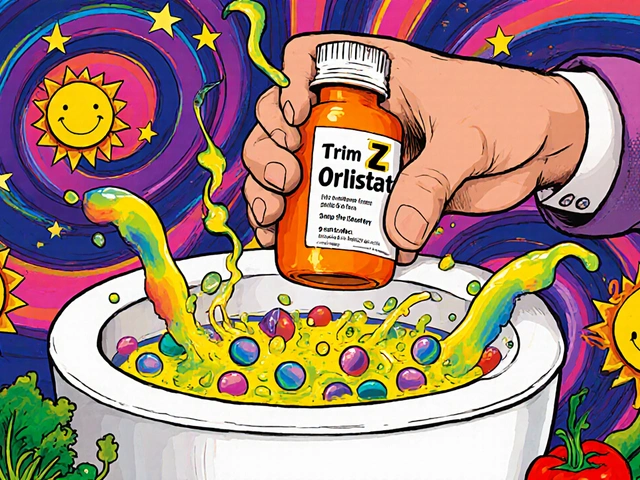Drug Safety Alerts: What You Need to Know to Stay Protected
When you take a pill, you trust it’s safe. But drug safety alerts, official warnings about dangerous medications or harmful interactions exist for a reason—because mistakes happen. These alerts aren’t just bureaucracy; they’re lifelines. Every year, thousands of people end up in the hospital because of avoidable drug reactions, and many of those cases could’ve been stopped with a simple heads-up.
Drug safety alerts often pop up when a medicine interacts badly with another drug, when a batch turns out to be contaminated, or when new research shows a hidden risk. For example, clarithromycin, an antibiotic that can dangerously boost levels of blood pressure meds like amlodipine, triggered alerts because patients dropped into dangerously low blood pressure. Or take St. John’s Wort, a popular herbal supplement that can make birth control, antidepressants, or blood thinners useless—or worse. These aren’t edge cases. They’re common traps.
You don’t need to be a pharmacist to stay safe. The FDA MedWatch, the official U.S. system for reporting and tracking dangerous drug side effects lets anyone—patients, doctors, pharmacists—submit a report. One report might not change the world, but 500? That’s how alerts get issued. And if you’re on multiple meds, or take supplements, you’re at higher risk. The same goes for older adults, people with chronic conditions, or those using online pharmacies without verification. Fake pills, expired stock, or mislabeled drugs are real dangers. That’s why knowing how to spot licensed online pharmacies and how to store meds properly isn’t optional—it’s part of your safety routine.
Drug safety alerts don’t just come from the FDA. Global networks like the WHO and UMC track reactions worldwide. Campaigns like #MedSafetyWeek remind us this isn’t just a one-time fix. It’s an ongoing conversation. Your doctor might not know every interaction. Your pharmacist might be busy. But you? You can check, ask, and report. You don’t have to wait for a crisis to act.
Below, you’ll find real guides on exactly how to protect yourself: how to report bad reactions, which supplements clash with your prescriptions, how to avoid counterfeit pills, and what to do when a drug suddenly stops working—or starts harming you. These aren’t theory pieces. They’re tools built from actual cases, official guidelines, and patient experiences. Read them. Use them. Share them. Your next drug safety alert might be the one that saves you.
How to Read FDA Safety Communications for Your Medications
Learn how to read FDA safety communications about your medications-spot urgent warnings, understand labeling changes, and know exactly what to do when a drug alert is issued. Stay informed without being overwhelmed.

